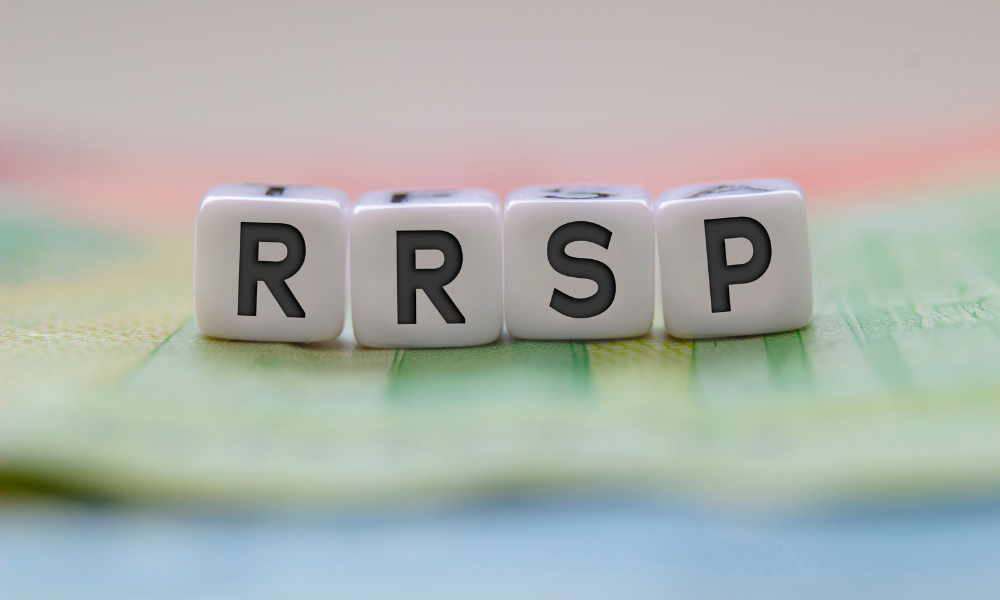Fewer Canadians plan to contribute to their RRSP this year, with young adults and women seeing the biggest decline

A growing number of Canadians are cutting back on RRSP contributions, with financial challenges such as rising living costs, debt repayment, and income limitations making it difficult to prioritize retirement savings.
A new survey from Edward Jones Canada reveals that only 39 percent of Canadians plan to contribute this year, a 10-point drop from last year.
The decline is particularly steep among younger Canadians and women. According to the survey, only 41 percent of Canadians aged 18 to 34 plan to contribute, down from nearly 60 percent last year.
Among women, just 36 percent expect to contribute, compared to 44 percent the previous year. In contrast, 43 percent of men intend to contribute.
As per the survey, 39 percent of respondents cited financial constraints caused by high living costs and debt repayment as their biggest obstacle.
Many Canadians also lack a structured retirement savings plan, with 20 percent reporting they do not have a clear strategy.
Over half determine their RRSP contributions based on their income and budget, while 22 percent rely on financial advisors.
Among younger generations, particularly Generation Z, 28 percent turn to family or friends for financial guidance.
In an article by The Globe and Mail, young Canadians are increasingly prioritizing tax-free savings accounts (TFSAs) and first-home savings accounts over RRSPs due to their more flexible withdrawal options.
Adam Jenkins, a certified financial planner in Kingston, noted that young people in lower tax brackets frequently opt for TFSAs because they align better with short-term goals.
Nour Aziz, 32, who works in education, echoed this sentiment. “The last thing on my mind is an RRSP,” she said, explaining that most of her paycheque goes toward immediate expenses.
She prioritizes her TFSA, setting aside about 20 percent of her income annually.
Women face additional financial hurdles that further limit their ability to save. According to Statistics Canada, women aged 20 to 54 earned, on average, 12 percent less than men in 2022.
While women are more likely to contribute to RRSPs at most income levels, lower earnings result in smaller overall contributions. Career interruptions due to childcare responsibilities also contribute to long-term savings gaps.
As per the Pay Equity Office in Ontario, Canada’s gender pension gap stands at 17 percent, meaning that for every dollar men receive in retirement income, women get only 83 cents.
Financial literacy plays a role in retirement planning. A 2024 Edward Jones survey found that only 27 percent of women recall learning about money management in school, compared to 35 percent of men.
A separate 2023 study found that just 40 percent of Canadians felt financially prepared after graduation.
In the article, Christina Fera, 26, who lives alone in Toronto, shared her experience of learning financial basics on her own.
Between paying off $300 per month in student loans and covering everyday expenses, she struggled to save until she took on side gigs such as dog-sitting and part-time work at a gym. Now, she contributes about $40 per month to her RRSP.
“I just feel like amongst women, it’s not something that we talk about a lot,” Fera said. “More women should be talking about it and exchanging information because our perspective is different from our male counterparts who are probably making more money.”
Despite these challenges, financial experts stress that young Canadians and women still have time to build retirement savings.
Even small RRSP contributions can grow significantly through compound interest, said Julie Petrera, senior strategist at Edward Jones.
“Don’t feel like you’re behind because behind is only relative to where you want to be,” she said.
Canadians recognize the importance of financial security in retirement. The survey found that 84 percent want to account for inflation and cost-of-living adjustments, and an equal percentage hope to maintain their current lifestyle after retirement.
However, while 26 percent say they are on track to meet their retirement goals, only 15 percent of Millennials and 10 percent of Generation Z feel the same.
Among younger Canadians, 14 percent of Millennials and 15 percent of Gen Z say they do not know where to start without trusted financial advice, while 15 percent of Millennials and 21 percent of Gen Z believe retirement is too distant to plan for now.
The 2024 RRSP deadline is March 3, 2025. Canadians may contribute up to 18 percent of their previous year’s earned income, to a maximum of $31,560, plus any unused contribution room, subject to pension adjustments.



